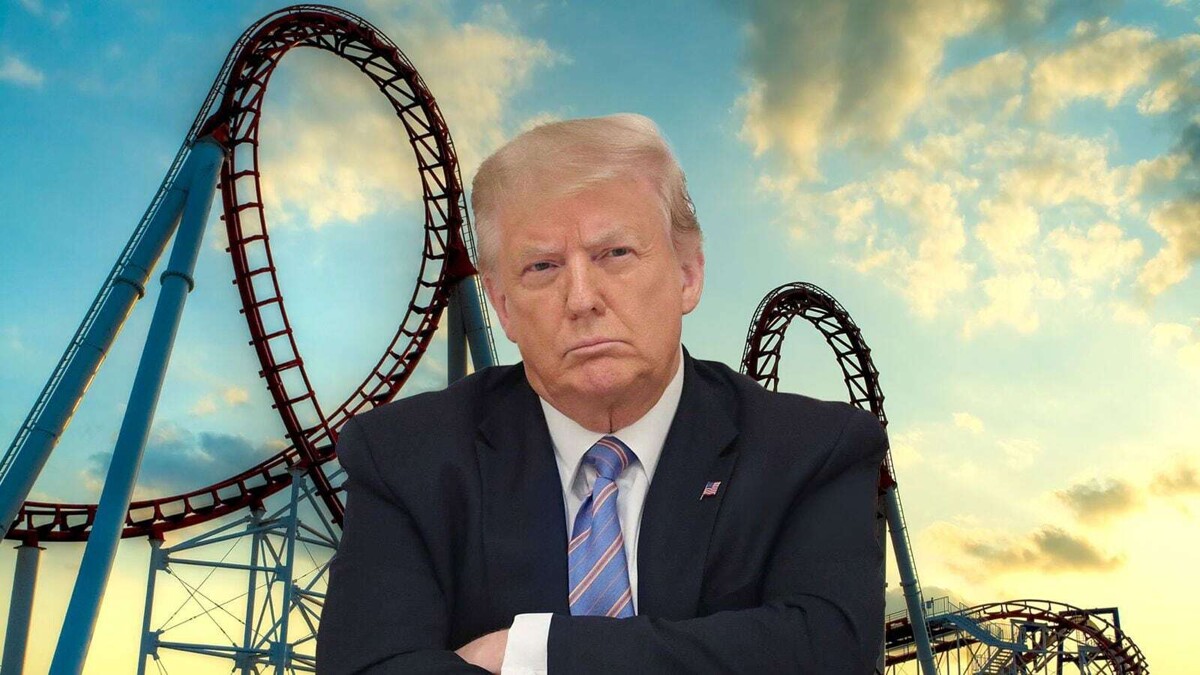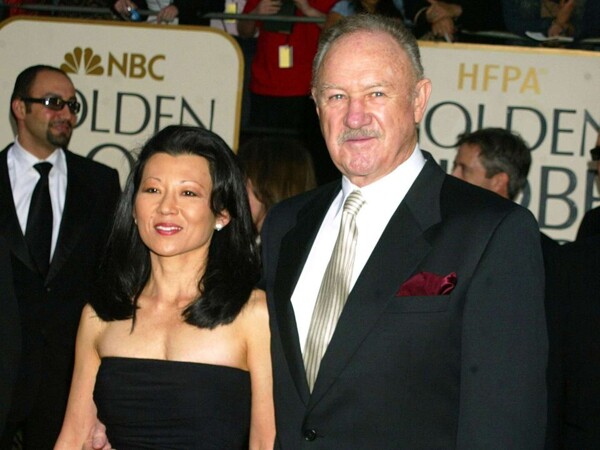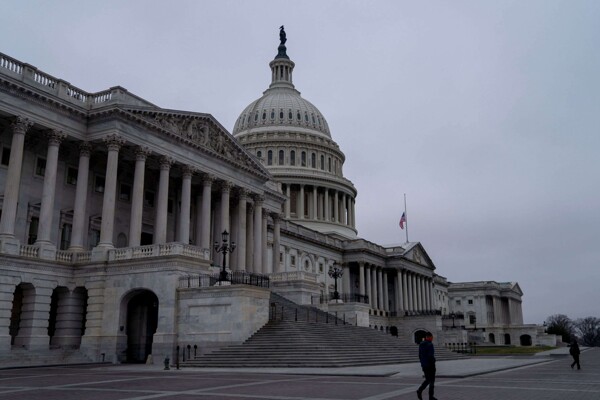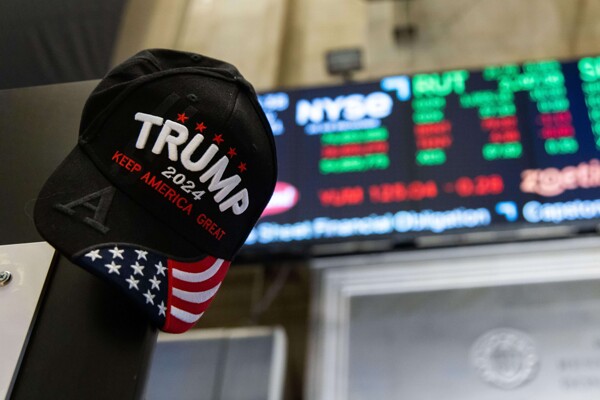
The populism advancing in so many nations has not gained ground in the economic sphere, where uncertainty is not welcomed at all. Therefore, Trump imposes tariffs driven by his vision of economic nationalism, but he retreats when the markets react. Perhaps the most common view is that Trump uses tariffs as a pressure mechanism to force other governments to act on issues unrelated to trade.
He launches the threat, imposes them, the counterparts concede, and then he suspends them, in a cycle that repeats over and over. There is no doubt that Trump makes this calculation, but the back and forth of tariffs goes beyond a simple pressure strategy.
In the end, there is a clear vision that Trump and some of his team share: the need to relocate manufacturing to the United States not only for economic reasons but as a geopolitical imperative. The logic of economic nationalism that drives them is based on the premise that, in its current form, free trade has generated unfair competition, job loss, and the weakening of key industries in the United States.
Since the campaign, Trump has maintained that previous policies weakened the country and allowed other nations to lose respect for it. To reverse this situation, he argues that even though his tariff policy may cause temporary economic hardship, it is a necessary sacrifice for the country's long-term well-being. For Trump and his advisors, like Peter Navarro and Robert Lighthizer, the country has weakened as it has been exploited by other nations.
If the economy enters a recession or pension funds collapse, voter dissatisfaction will be inevitable, and Trump knows it. It is true that, in this latest game, he has weathered financial turbulence better, but he is not suicidal, and I doubt he will maintain this game if the political cost becomes too high. His vision of economic nationalism and national security clashes with market expectations.
The chaos marking the beginning of this second presidency of Donald Trump may respond, as has been said, to a deliberate strategy to keep everyone off balance. In two years, there will be midterm elections in which the future of his presidency is at stake. The coin toss is still up in the air.
Mexico, says Rogozinski, must understand that this is the logic driving Trump and his team. For them, the political and military power of the United States requires a solid industrial base that reduces its dependence on other countries, especially China. Because it is in a pulse with a reality that surpasses him. We do not know yet, but on April 2, when the reciprocal tariffs come into effect, if that happens, we will have more clarity.
For them, the idea that free trade benefits everyone is a myth. In his most recent column in this newspaper, Jacques Rogozinski hits the nail on the head by stating that 'the issue transcends economic efficiency, focusing on the ability to defend the country in an increasingly hostile global environment... global competition is no longer just economic, but also a matter of national security.' On more than one occasion, he has stated that, although tariffs may create 'some pain' for Americans, it is a price worth paying to strengthen the nation. But then, why has he suspended them more than once?
Moreover, in his zero-sum vision, every industry that establishes itself in the United States is one that stops doing so in another country; its nation strengthens while others weaken. Tariffs are not just a pressure tool but an instrument to regain American prosperity and reinforce its geopolitical dominance. Trump has not yet defined a clear path.
What path will he choose? Although in the United States and other countries the vision of economic development has changed radically, in the financial world, analysts and investors still operate under the 'old' rules of the game. It is also possible that various, sometimes contradictory motivations are at play in his calculations. Until then, uncertainty will persist.
In any case, his actions often seem to lack a rational explanation. Who, in their right mind, would impose and withdraw tariffs arbitrarily, knowing that this generates uncertainty, weakens investor and consumer confidence, and increases the risk of a recession? Given this dynamic, which seems incomprehensible, multiple interpretations have emerged.














